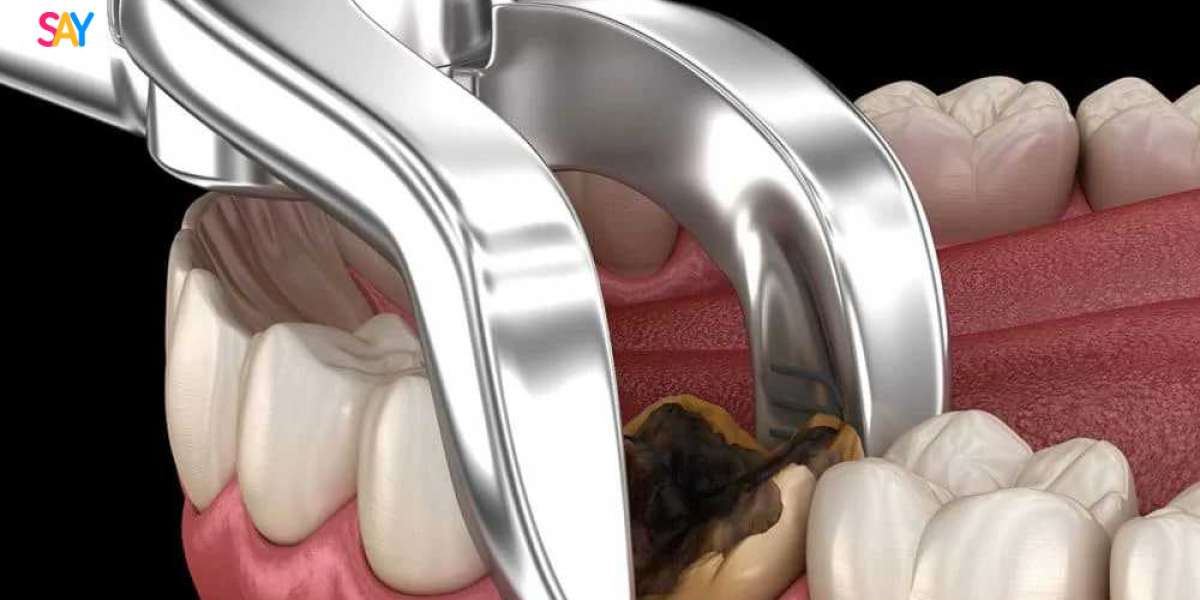When undergoing wisdom tooth extraction, many patients wonder if stitches are required as part of the recovery process. The need for stitches largely depends on the complexity of theWisdom Tooth Extraction and whether the tooth was impacted or erupted normally. In many surgical cases, stitches help control bleeding, close the incision, and promote faster healing. While not all extractions require them, stitches can be an important part of post-operative care in certain scenarios.
When Are Stitches Typically Needed?
Stitches are not always used during wisdom tooth extraction, but they become necessary in the following situations:
Impacted wisdom teeth: If the tooth is trapped in the gum or jawbone
Surgical extractions: Involving cutting into gum tissue or bone
Multiple extractions at once: To help manage bleeding and swelling
Deep sockets: Where natural clotting might not be enough
Preventing food and bacteria from entering the surgical site
In simple cases where the tooth is fully erupted and easily removed, the gum may heal without sutures.
Types of Stitches Used in Dental Surgery:
If stitches are required for yourWisdom Tooth Extraction Treatment, your oral surgeon may use one of the following types:
Dissolvable stitches (resorbable)
Made of materials that naturally break down over 7–10 days
Don’t require removal
Non-dissolvable stitches (removable)
Stronger and often used for larger surgical wounds
Need to be removed in about 5–10 days
Figure-eight sutures
Special technique used for stability and to support blood clots
Continuous or interrupted sutures
Vary depending on surgical preferences and wound complexity
Your dentist or oral surgeon will choose the best type based on your condition and healing requirements.
Do Stitches Speed Up Healing?
While stitches are not always essential, they often aid in faster and smoother recovery. Their benefits include:
Minimizing bleeding immediately after surgery
Reducing the risk of dry socket by securing the blood clot
Bringing tissue edges together to support natural regeneration
Lowering infection risk by keeping debris out of the wound
Providing added comfort by limiting gum movement during healing
Without stitches, healing can still occur naturally, but it might take longer and be more prone to complications.
What to Expect If You Have Stitches?
If your wisdom tooth extraction requires stitches, your post-op care may slightly differ. You can expect:
Mild tightness or tugging sensation at the stitch site
Slight swelling and tenderness around the sutures
Possible removal appointment if stitches are non-dissolvable
Avoiding certain foods that could irritate or dislodge the stitches
Being extra gentle when brushing near the surgical site
It’s also crucial to follow your dentist’s care instructions and avoid smoking, spitting, or using straws, which could disturb the stitches or dislodge clots.
Final Thoughts on Stitches and Wisdom Tooth Removal:
So, are stitches required for wisdom tooth extraction? Not always, but they are frequently used in surgical or complex extractions to enhance healing and reduce complications. Your oral surgeon will assess the tooth’s position, the nature of the removal, and your overall oral health before deciding. If stitches are used, they play a helpful role in ensuring you heal quickly and comfortably. Always follow up with your dental professional for aftercare and monitoring to ensure everything is progressing as expected.




